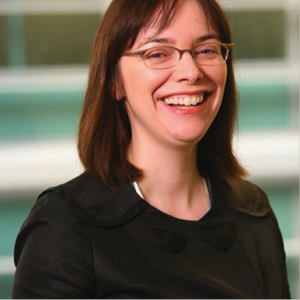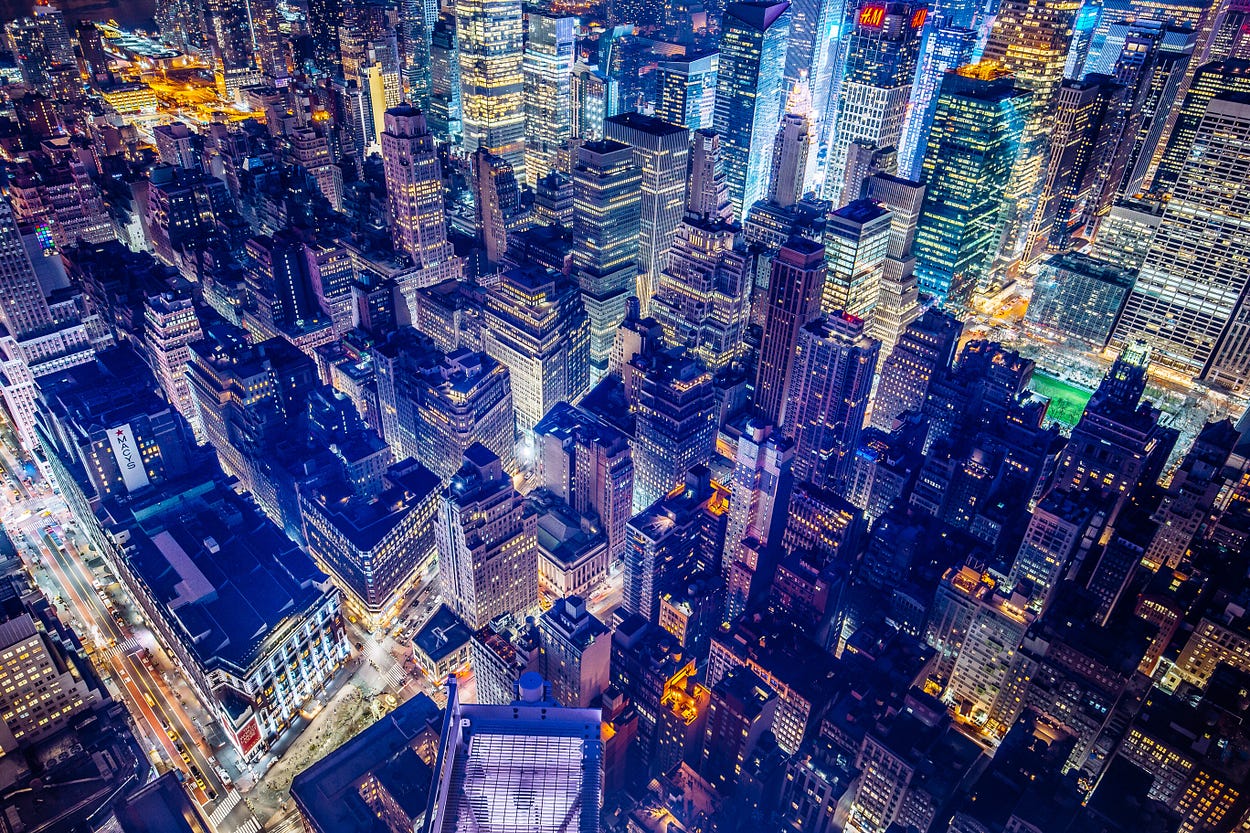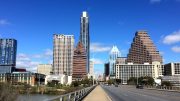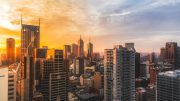Smart city expert Lean Doody says the technology should be a tool to deliver a sustainable city.
Rapid urbanisation is one of the most important forces impacting society today. There are 1.3 million people moving into cities each week, and by 2040, 65% of the world’s population is expected to be living in cities, with 90% of this urban population growth set to occur in Africa and Asia. There are already 21 megacities in the world, each of them accounting for more than 10 million people. It’s necessary that we start working on our cities today, to create a sustainable environment that will be livable for all in the future.
How can we plan and design cities for the future? What makes a city ‘smart’? What core infrastructure helps provide a better quality of life for the citizens of today? What smart solutions will help create a cleaner and more sustainable city environment in the future? It was with all these question in mind (and many more!) that I approached Léan Doody from Arup Group.

Léan Doody
Léan started with Arup 14 years ago, and is now leading the company’s smart cities consulting program.. She remembers of her first years: “there was no such thing as ‘smart cities’ when I started, but I was keen to bring my knowledge of digital technologies and city planning together”. What was most interesting for her at that time was the multidisciplinary nature of the company, which would lend itself to exploring the intersection of the built environment and digital technologies.
Léan, what does a smart city look like to you?
“I don’t know what pictures come to your mind when you hear people talking about “smart cities”, but for me, I always imagine flying drones above my head and futuristic autonomous bikes delivering food to my doorstep, which I don’t find particularly exciting to be honest.”
So, I wondered, what then makes a smart city?
“I think ‘smart’ is really about the application of digital technologies to city problems. That could encompass anything from ‘smart parking’, to broadband, to traffic management, to platforms like Uber and Airbnb,” explains Léan. “Cities are smart when they use digital technology and data to solve their pressing problems.”
It’s not as glamorous as flying cars! But I was starting to see what the future could look like. Monitoring the parking spaces availability in the city, detecting the rubbish levels in containers to optimise the trash collection routes, controlling the humidity and temperature levels to prevent microbial contaminants, monitoring the sound in bar areas and centric zones in real time, vehicles and pedestrian levels that optimise driving and walking routes, or the quality of tap water in cities. These, I understood, were concrete applications.
“I don’t necessarily think ‘smart’ is something to aim for in itself — unlike sustainability or resilience, ‘smart’ is not a normative concept — you could think of cities which are ‘smart’ but not very liveable. The technology should be a tool to deliver a sustainable city,” explains Léan.

New York, United States — Picture: Denys Nevozhai
How do we get there?
Some cities are already leading the way in terms of implementing innovations. “I think New York is doing a lot with their Mayor’s Office of Technology and Innovation, at least they seem to have got the governance and leadership right. That is a huge piece of the puzzle, we have seen many places where there are great projects but they don’t scale because there isn’t the buy-in and leadership at a senior level. London has done good things in transport and with data. The London Datastore was one of the first city datastores and has been the platform for a lot of successful businesses.”
This had me wondering. If I became a city mayor tomorrow (because why not?), what would be Léan’s top three pieces of advice for me to improve my city and make it better and “smarter”? The first thing, according to the expert, would be to set up a clear leadership structure with senior civil and political leadership that can look across the city government as well as outside of it. “Another important parameter is to have a vision for where you want to be and what the priorities are,” she added. Last but not least, trying new things while always keeping in mind to lay foundations for bigger things in the future — always think about what’s next. Which I think is great advice, whatever field you’re working in.
Between the new Internet technologies, the cloud-based services, the Internet of Things, smart phones, smart metres, and other networks of sensors, Léan confirmed my feeling that the concept of smart cities was mostly about tech; “but tech as a means to deliver great cities,” she added. “Although it depends on what part of the world you are in — the Indian Smart Cities programme is about a lot more than tech”. And India is in fact a very interesting example, with the government currently working on an urban renewal program with a mission to develop 100 citizen-friendly and sustainable cities all over the country.
It is evident that cities have to adapt today, and be prepared for the future challenges. From New York to London, Singapore to Berlin, Sydney to Brussels, Nairobi to Paris and Singapore, our cities are changing, and our behaviour, as city dwellers, is changing. The built fabric, the climate, the technology, everything has to be taken into account when designing and building the cities of tomorrow. “We need to always be evolving,” concludes Léan.
July, 23 2018
Article and Interview by Anne-Sophie Garrigou.
This article was published in The Beam #6




